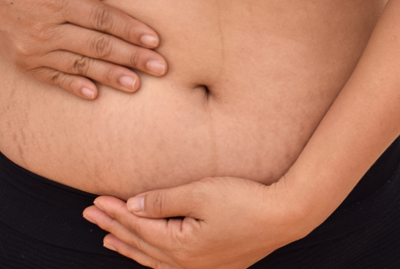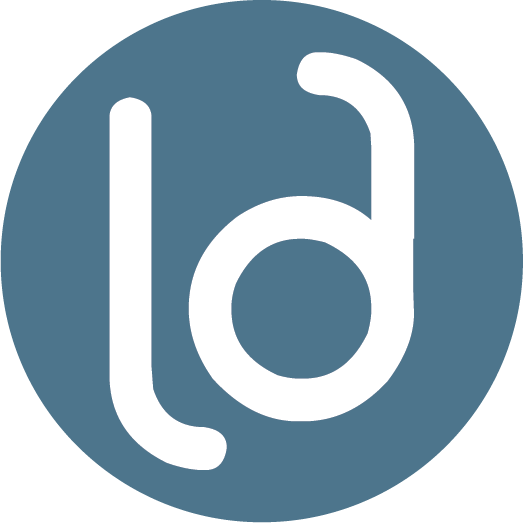Stretch Marks
Stretch marks are long scars also called striae distensae. They can look like indented streaks across the skin. When the connective tissue of the dermis stretches beyond its limits is when they form. Essentially, the dermis tears and then the deeper layers of the skin to be visible. This is common in pregnancy but can also happen with rapid weight gain, puberty and even fast growth of muscle mass seen in bodybuilders.
Initially, they appear somewhat wrinkly and might be red, pink or purple. They tend to appear most commonly on the abdomen, hips, thighs, flanks, shoulders, buttocks and even the breasts. Over time, stretch marks tend to improve and become more flesh-colored but this may take many years.
Unless they are associated with Marfan’s syndrome or Cushing’s Syndrome, stretch marks have no medical consequences. However, they can be mentally stressful for some individuals.

Prevention: (No 100% effective ways to prevent)
- Maintain a healthy weight.
- During pregnancy do not gain excessive weight. Most doctors will recommend no more than 25 to 35-pound weight gain during pregnancy. The weight should be slow and gradual.
- Creams – there are many creams that have been touted to prevent them but there are no good-quality studies to show that to be true.
- Eat a healthy diet – this will make sure that your skin has all it needs to produce collagen as needed.
Treatment for Stretch Marks:
- Creams – there are a lot of creams sold over the counter at stores that claim to repair stretch marks. The only cream that has any studies showing significant improvement in them is the vitamin A derivatives. The vitamin A derivatives include retinol and tretinoin (Retin A). Hyaluronic acid has also shown some benefit in treating stretch marks. Both the vitamin A derivatives and hyaluronic acid need to be applied daily. Hydroquinone-containing creams can help with the striae if they are dark in color.
- Microneedling – this is showing some promise in the reduction of stretch marks. At Lazaderm, we use the Collagen Pen.
- Microneedling with RF – One of the latest additions for treatment is the use of microneedling with radiofrequency. We use the Vivace Microneedling RF system. The Vivace is one of the most advanced systems currently on the market. The radiofrequency delivers energy into the skin through the end of each needle and will induce collagen production. This will decrease the depth and appearance.
- Renuvion – formally known as J-Plasma, is used under the skin to tighten the skin in patients with significant laxity associated with their stretch marks. They will still require the use of other modalities such as the Vivace Microneedling with Radiofrequency.
- Fractional Lasers – there are many fractional lasers on the market. We currently use three different lasers the Fraxel, Profractional and Ultrapulse for treating stretch marks. We are relying on the lasers less now that we have the Vivace.
- Surgery – this is the only option to remove stretch marks but also has significant limitations, risks and costs associated with it. There are only a few places that they can be removed such as with a tummy tuck. You will be left with a surgical scar.
There is no treatment that will remove 100% of stretch marks. Many times, a combination of the above modalities may be needed to get the best results but will still only improve the appearance of them.

